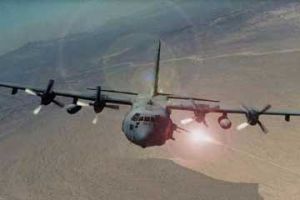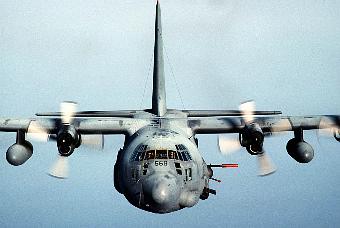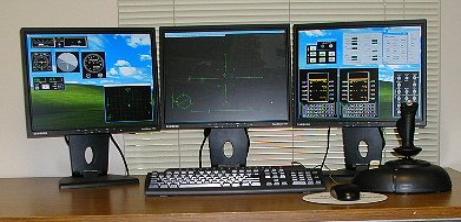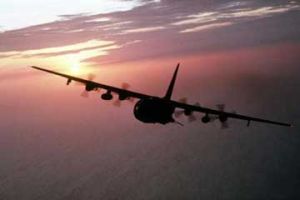Software Associates, LLC


The AC-130 gunship's primary missions are close air support, air interdiction and force protection.
Missions in close air support are troops in contact, convoy escort and urban operations. Air
interdiction missions are conducted against preplanned targets or targets of opportunity. Force
protection missions include air base defense and facilities defense.

With over 20 years experience for the AC-130H Gunship, the MGSA knowledge dates back to the
original Special Operations Forces Improvement program (SOFI) upgrade beginning in 1984.
When the SOFI program was defined, it was necessary to add an entirely new suite of Mil-Std-1553B
hardware to the aircraft. Although the system was well defined, a flexible 1553B bus architecture was
required to allow for potential and foreseeable hardware additions. In order to provide this flexibility
a new 1553B communication protocol was defined. This protocol is unique to the AC-130H Gunship and provides
for table driven communications which are easily modified for new hardware and data communication requirements.
The MGSA General Manager defined, developed, and continues to support this communication protocol and architecture.

The AC-130H Gunship utilizes a dual Mil-Std-1750A Mission Computer (MC) for navigation and ballistic processing.
New mission requirements and data processing are constantly being defined and with these requirements comes the
necessary increase in processing capabilities and throughput. MGSA personnel designed and implemented that data
communications and interrupt protocol between the dual-CPUs of the MC to make greater use of the secondary
processor which was previously under utilized providing the additional processing power necessary to meet these
increasing requirements.
MGSA personnel developed the capability to execute the AC-130H Gunship Control Display Unit (CDU)
Operational Flight Software within a standard PC executing under a Windows operating system in
real-time. This CDU execution provides a PC monitor display of the CDU faceplate (keypad and display)
as well as providing a second video output for display within the training facility. Data communications
are provided via Mil-Std-1553B and therefore this software and PC hardware can be installed in the lab
or aircraft environment along with actual LRUs to provide a real-time debug and investigation / analysis
capability.
MGSA personnel developed the capability to execute the AC-130H Gunship Mission Computer (MC) JOVIAL source
code within a standard PC executing under a Windows operating system in real-time.
Like the CDU capability, this MC capability also provides real-time analysis and debug of the data input/output
for the Mil-Std-1553B and other data signals.
The Gunship MC and CDU PC based capabilities provide debug and analysis functions for:

 The Gunship Part Task Trainer (PTT) was designed as a non-proprietary Windows based application.
It operates as a stand alone trainer, but can be connected (via Ethernet) to other PCs executing
the PTT software to provide a multi-station training capability.
The Gunship Part Task Trainer (PTT) was designed as a non-proprietary Windows based application.
It operates as a stand alone trainer, but can be connected (via Ethernet) to other PCs executing
the PTT software to provide a multi-station training capability.
